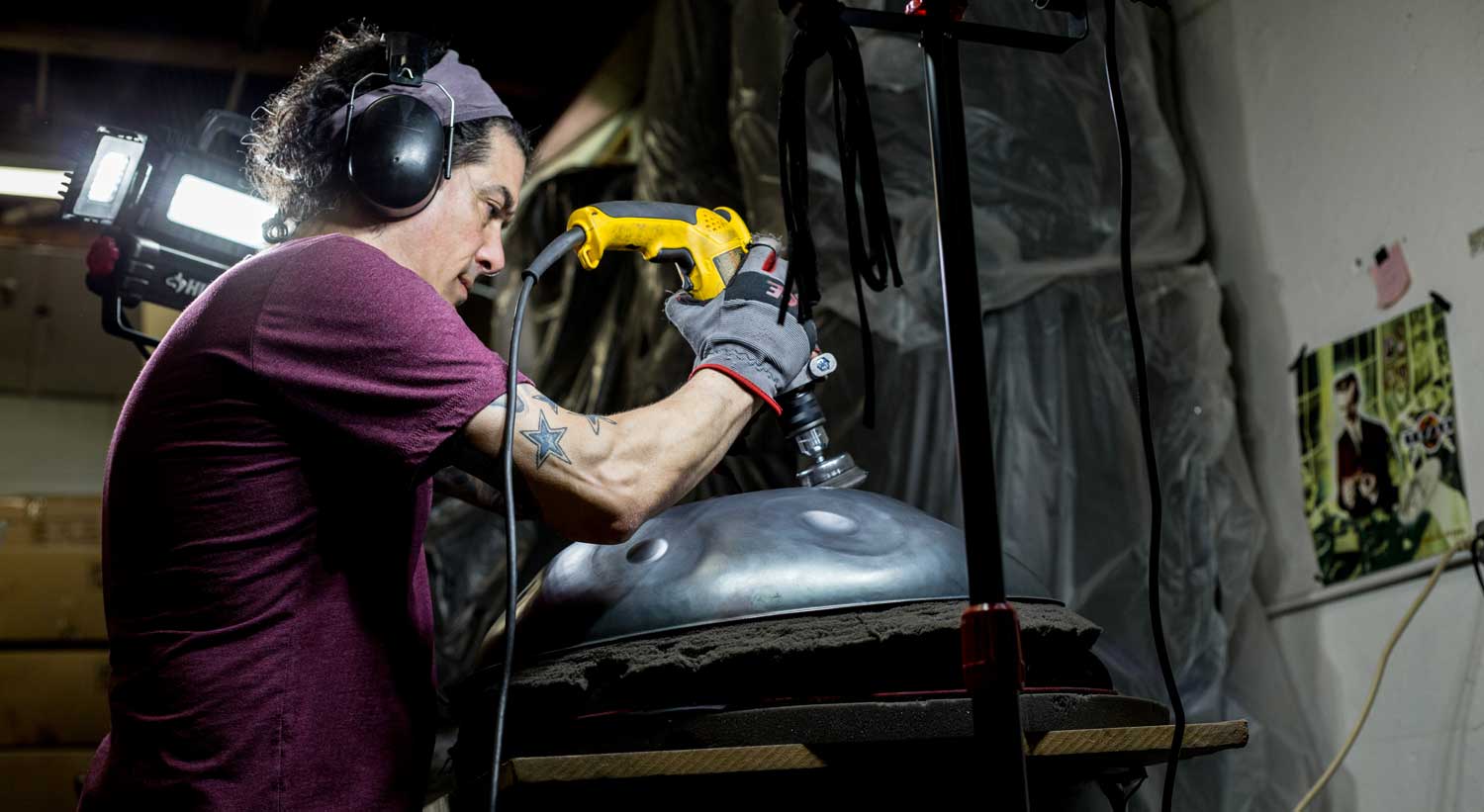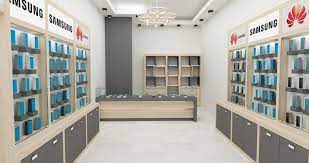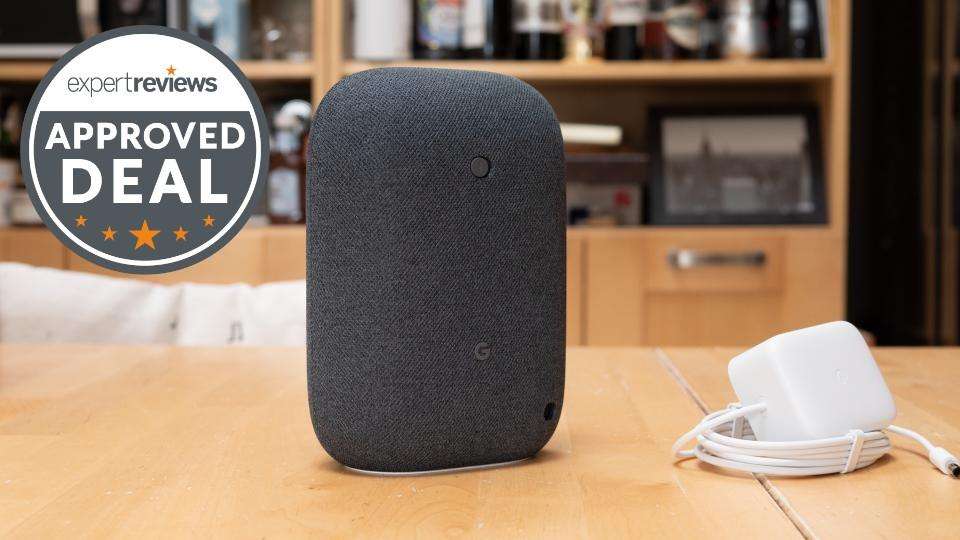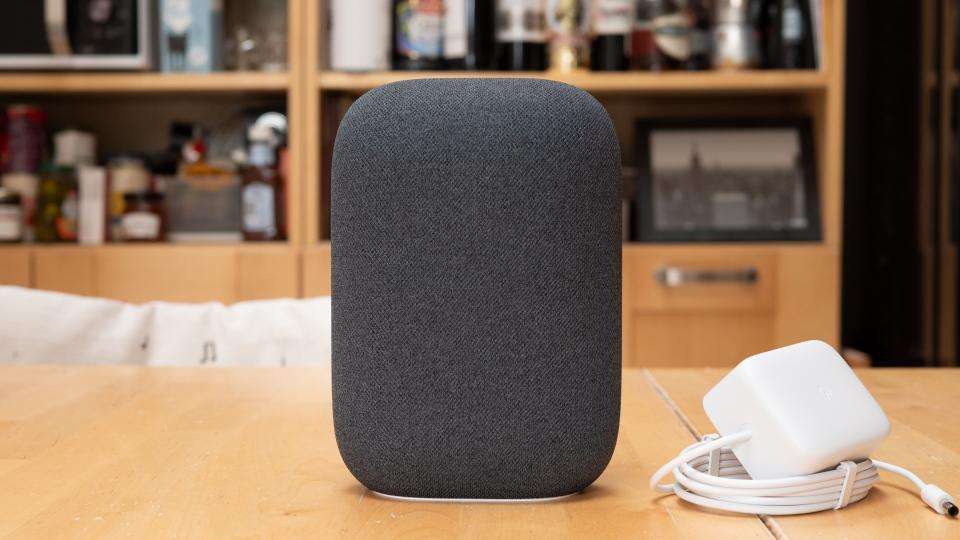Emergency Lighting Installation
What is Emergency Lighting?
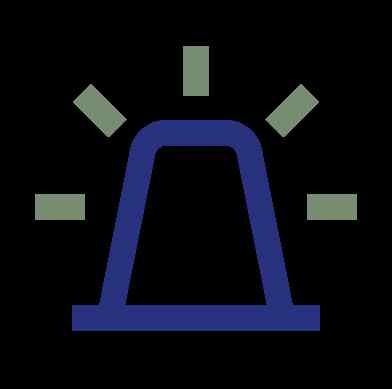
Emergency lights have one primary purpose—to guide and direct people toward an exit in case of an emergency situation. These situations include, but are not limited to:
Power outages (or electric failures)
Widespread blackouts
Fires
The importance of emergency lights cannot be stressed enough. Modern emergency lighting is required in every commercial facility or high occupancy residency, and AEG can help you through the process of installing emergency lighting.
Commercial Emergency Power Failure Lights
A commercial emergency power failure light is actually simple in concept. It contains batteries which are constantly charged through a fixture connected to the main power supply. If the connection to the power supply is lost during an emergency, the system switches over to battery power and turns the lights on.
Modern emergency lighting consists of one or more incandescent bulbs or multiple groupings of high intensity light-emitting diodes (LEDs).
Features of Emergency Lighting
Emergency lighting is unique in the sense that most of it is not in use but must be continuously ready for potential use. Because of this, modern emergency lighting is designed to last for a long time.
All units have some sort of device to intensify the light they produce. That intensified light source can be turned and pointed to where light is needed in case of an emergency. Modern systems tend to operate with low voltage to reduce the size of batteries or lower the load required from the circuit to which it is wired.
Maintained vs. Non-maintained
The two main types of emergency lighting are maintained and non-maintained. Maintained lights are used during everyday business and remain on at all times, therefore they are powered by the main electrical supply. On the other hand, non-maintained lights only activate when the power is cut during an emergency. They are used to light the way to an egress point.
The emergency lighting that you’re probably the most familiar with are exit signs. These signs are always lit, so they fall under the category of maintained. There are also emergency exit combo signs, which are a multi-purpose solution for any applications that require an exit sign and an emergency light in a single location.
No matter what type of emergency lighting you need, we can help. If your current system is outdated, Advanced Energy Group can install a more energy efficient LED system. All you have to do is contact us for a no-cost energy assessment.
What types of battery are used in emergency lighting?
What types of battery are used in emergency lighting?
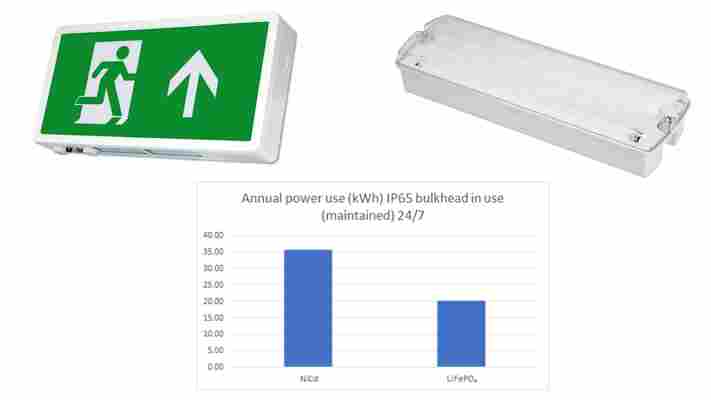
A variety of different battery types are used in emergency lighting. The main types are:
Lead acid. These were commonly used till recently in self-contained emergency lighting fixtures, such as a twinspot, and are still widely used in central battery systems. Outside these specific applications, lead acid batteries are now rarely used in emergency lighting.
A twinspot emergency light fitting. Till recently, most of these used sealed lead acid batteries, but other chemistries are now being used.
A central battery system. Note the lead acid batteries on the bottom three shelves.
Nickel cadmium (NiCd). Cadmium is highly toxic and is one of only 6 substances banned by the EU’s RoHS Directive. However, an exemption is in place for batteries in emergency lighting because till recently there have been few suitable alternatives. NiCd batteries are widely used in stand-alone emergency lighting fixtures and in emergency conversion kits.
A stand-alone emergency exit sign. Most of these use nickel cadmium (NiCd) batteries, located inside the fitting.
Examples of NiCd batteries, as would be used in a conversion kit, used to turn a standard light fitting into an emergency light fitting. Each battery in these examples consists of 2, 3 or 4 cells.
Nickel metal hydride (NiMH). These batteries are widely used in place of NiCd in emergency conversion kits where they have some (slight) advantages in some applications
A NiMH battery consisting, in this example, of 5 cells. Visually, the main difference is that NiMH cells are slimmer than NiCd cells.
Lithium. There are many types of lithium battery and they are becoming more widely used for emergency lighting. They have many advantages over lead acid, NiCd and NiMH so their use is increasing rapidly.
Are lithium iron phosphate (LFP) batteries suitable for emergency lighting?
Lithium iron phosphate (LiFePO4, or LFP) are very well suited for use in emergency lighting. When compared with alternatives such as nickel cadmium (NiCd) and nickel metal hydride (NiMH), lithium iron phosphate (LFP) batteries have several advantages:
Energy efficiency . LFP is more efficient than NiCd in two ways. Self discharge. All rechargeable batteries lose charge over time, but with LFP the rate is only 3-5% per month. NiCd can lose 15% in the first 24 hours, falling to 10-20% per month (depending on temperature) after that. The result of this is that the charger in an emergency fitting with NiCd or NiMH batteries is working almost continually, whereas the charger in an LFP circuit is working at low current in short and infrequent bursts. Charge efficiency. Energy is lost in the form of heat during the charging process of any battery. With LFP the charge efficiency is very high, about 95%. With NiCd the charge efficiency is also very high, but only in the earlier stages of charging. Once the battery reaches 70% capacity heat starts to be generated and the charging efficiency falls to c 85%. This is significant because in normal use a NiCd battery in an emergency light fitting is being continually trickle-charged to keep it at near 100% capacity.
. LFP is more efficient than NiCd in two ways. Long life . LFP batteries have little memory effect so their performance remains almost constant till they reach end of life, usually defined as 70% of rated capacity. Typically, an LFP battery will have a life of 8-10 years. The performance (power storage) of NiCd and NiMH declines rapidly with every charge/discharge cycle, so they typically need to be changed after 3 or 4 years. The routine testing of emergency lighting required by BS 5266 contributes to shortening the life of NiCd batteries. It is also common for NiCd batteries in new-build projects to fail in their first year of life if they have been fully installed in the construction phase when the mains power would normally be switched off completely overnight. The resulting nightly discharge and daily re-charge degrades the NiCd batteries to the point that they can be due for replacement withing the first year of occupation.
. Extreme temperature performance . High temperatures. LFP is unharmed by ambient temperatures up to 55°C, whereas NiCd is limited to 50°C and NiMH is limited to 50°C (batteries of 4Ah capacity and above), and 45°C (NiMH batteries below 4Ah capacity. Low temperatures. Neither LFP, NiCd or NiMH are rated for use below 0°C.
. Environment . Cadmium is banned under the RoHS Directive because it is a dangerous pollutant. Cadmium is highly toxic. Cadmium is highly toxic to almost all animals and many plants. It is also very persistent in the environment, being not easily combined with other elements that would render it harmless. NiCd batteries therefore have to be recycled with great care. LFP batteries must also be recycled, but the materials used are inherently less harmful than those used in NiCd and NiMH batteries. Cadmium has a limited future use. Now that superior alternatives to cadmium are available for use in batteries it is to be expected that the RoHS directive will be amended to eliminate the exemption that has been allowed till now (2020). Lithium has a long future ahead. Lithium iron phosphate in particular is favoured for its safety, economy and efficiency and is being increasingly used in many applications, such as vehicles, in addition to emergency lighting.
. Cadmium is banned under the RoHS Directive because it is a dangerous pollutant.
LiFePO4 or LiFePO₄ - what’s the difference?
LiFePO₄ is the correct chemical formula for lithium iron phosphate. The small ₄ indicates that there are 4 oxygen atoms (O) bound to one phosphorous atom (P). However, the small ₄ is hard to find on most keyboards, so when searching most people write LiFePO4. In this article we are using LiFePO4 because that’s most probably what you typed if you were searching in Google, but please be informed, LiFePO₄ is correct.
What are the costs of using lithium iron phosphate (LFP) batteries in emergency lighting?
Lithium iron phosphate is very cost effective as the power source in emergency lighting when compared with alternatives such as NiCd. This applies to its acquisition costs, running costs and maintenance costs.
Acquisition costs. Over 4+ years the acquisition costs of lithium iron phosphate (LFP) batteries for emergency lighting are lower than the cost of NiCd batteries. Compared on the basis of capacity (Ah), LFP batteries are more expensive than NiCd. However, because the performance of NiCd batteries declines relatively steeply through their life, more of them are required to deliver the expected 3 hours duration after 4 years use. Further, LFP batteries can be expected to last about twice as long as their NiCd equivalents, so over a period of 4 or more years the acquisition costs of LFP are lower than NiCd.
Running costs. Lithium iron phosphate (LFP) batteries are the most economical batteries to run for emergency lighting. This is because the main alternative, NiCd batteries, have a high self-discharge rate (c. 20% per month) so have to be constantly charged in order to be ready in case of a power cut. In contrast, the much lower self-discharge rate for LFP means that the charger is only used in short bursts once in every one or two months. Based on tests performed using a commercially available emergency bulkhead fitting (pictured) with NiCd and LFP batteries the following power consumption data was recorded:
LED emergency bulkhead used to compare power consumption of NiCd and LFP batteries.
In summary, the power savings that result from using LFP rather than NiCd in popular emergency light fittings are >40%.
In financial terms, assuming an electricity price of £0.145 per kWh, the annual saving per emergency light fitting is £2.25.
Maintained, Non-maintained, Sustained. For when there is a power cut
There are now only really two types of emergency lighting modes for when there is a power cut, here is a simple explanation of the two.

Maintained Emergency Lighting
A maintained emergency light is permanently on in both mains normal and during a power cut. So you will always have light from the luminaire. Most maintained emergency lights are switchable, this means what you think it means. It can be switched on/off from your wall light switch, this enables you to have a combined mains room light and a emergency light all in one, such as the X-XLP.
Non-maintained Emergency Lighting
A non-maintained emergency light will only illuminate when there is a power cut. This will be a dedicated emergency light and cannot be used for normal room lighting. The X-DSA is a mini non-maintained emergency light that will only come on in a mains failure.
What about Sustained (combined) Lights?
A sustained emergency light is one that has two light sources, one for everyday mains room light and one that is only used during a power cut. This was because a fluorescent lamp could easily fail and so if you had a sustained light fitting you were always sure of lighting just when you needed it. With most emergency lights moved to LED, you can rely on there being a working light during a power cut, so sustained lights are slowly being phased out.


![31 Best IPTV Services for FireStick, Android TV, PC [Dec 2021]](https://www.lampsofbible.com/storage/upload/Images/_1639646173_nXrO23JGnM.jpg)
